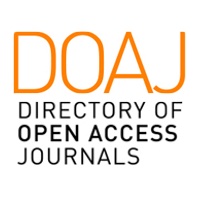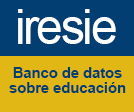DOI:
https://doi.org/10.14483/udistrital.jour.calj.2014.1.a07Published:
2014-01-01Issue:
Vol 16, No 1 (2014) January-JuneSection:
Reflections on PraxisTeaching culture in Colombia bilingüe: from theory to practice
La enseñanza de la cultura en Colombia Bilingüe: de la teoría a la práctica
Keywords:
cultura, Colombia Bilingüe, posmétodo, ingleses mundiales, multiculturalismo crítico, estrategias (es).Keywords:
culture, Colombia Bilingüe, postmethod, world Englishes, critical multiculturalism, teaching strategies (en).Abstract (en)
The main topic of this paper is concerned with the incorporation of culture into the teaching of English as a foreign language (EFL) within the context of Colombia Bilingüe. More specifically, some consideration will be given to what culture is, how it can be taught, and what Colombian authors have pointed out in terms of the difficulties and complexities of working with culture in the EFL classroom. It will be suggested that teaching culture is not synonymous with promoting English sociocultural domination or adapting ethnocentric practices, but mainly approaching and reflecting upon one’s and others’ beliefs, attitudes, and behaviors which are intertwined with language itself. The main premise of the paper is that effective teaching of culture can be achieved if the Colombian EFL community strives to construct a coherent discourse that allows developing teaching models and learning experiences within the theoretical framework of the postmethod condition, world Englishes, and critical multiculturalism. Ultimately, such discourse can encourage Colombian EFL teachers to explore and implement five teaching strategies to engage learners in experiences designed to help them interact successfully with people with different cultural backgrounds.
Abstract (es)
El tema principal de este artículo se relaciona con la incorporación de la cultura en clases de inglés como lengua extranjera (ILE) dentro del contexto de Colombia Bilingüe. Más concretamente, se hace una aproximación al concepto de cultura, las formas en las que se puede enseñar y las posiciones que algunos autores colombianos han planteado en términos de las dificultades y complejidades de trabajarla en los salones de inglés como lengua extranjera. Se sugiere que la enseñanza de la cultura no es equivalente a la promoción de una dominación sociocultural inglesa o la adaptación de prácticas etnocéntricas, sino sobre todo consiste en el acercamiento y la reflexión sobre creencias, actitudes, y comportamientos propios y de otros, que se entrelazan con el lenguaje mismo. La premisa principal de este trabajo es que la enseñanza efectiva de la cultura se puede lograr si la comunidad colombiana de enseñanza de inglés se esfuerza por construir un discurso coherente que permita el desarrollo de modelos de enseñanza y experiencias de aprendizaje en el marco teórico de la condición posmétodo, ingleses mundiales, y multiculturalismo crítico. En última instancia, este discurso puede hacer que los profesores de inglés colombianos exploren y pongan en práctica cinco estrategias de enseñanza para involucrar a los estudiantes en experiencias diseñadas para ayudarles a interactuar con éxito con personas con diferente bagaje cultural.
References
Agudelo, J. (2009). An Intercultural Approach for Language Teaching: Developing Critical Cultural Awareness. ÍKALA Revista de lenguaje y cultura, 12(1), 185-217. Available at http://aprendeenlinea.udea.edu.co/revistas/index.php/ikala/article/view/2718/2171
Álvarez, J., & Bonilla, X. (2009). Addressing culture in the EFL classroom: A dialogic proposal. PROFILE Issues in teachers’ professional development, 11(2), 151-170. Available at http://www.revistas.unal.edu.co/index.php/profile/article/viewFile/11448/12099
Ambady, N. (2011). The mind in the world: Culture and the brain. Observer, 25(5), May/June. Retrieved from http://www.psychologicalscience.org/index.php/publications/observer/2011/may-june-11/the-mind-in-the-world-culture-and-the-brain.html
Arikan, A. (2006). Postmethod condition and its implications for English language teacher education. Journal of Language and Linguistics studies, 2(1), 1-11. Available at http://www.eric.ed.gov/PDFS/ED495719.pdf
Barletta, N. (2009). Intercultural competence: Another challenge. PROFILE Issues in teachers’ professional development, 11(1), 143-158. Available at http://www.revistas.unal.edu.co/index.php/profile/article/viewFile/10552/11015
Bennett, J. M. (1993). Cultural marginality: Identity issues in intercultural training. In R. M. Paige (Ed.), Education for the intercultural experience (pp. 109-135). Yarmouth, ME: Intercultural Press.
Bilash, O. (2011). Culture in the language classroom. Retrieved from http://www2.education.ualberta.ca/staff/olenka.Bilash/best%20of%20bilash/culture.html
Brown, H. D. (2006). Principles of language learning and teaching. New Jersey: Prentice-Hall Inc.
Byram, M., Gribkova, B., & Starkey, H. (2002). Developing the intercultural dimension in language teaching: A practical introduction for teachers. Strasbourg: Council of Europe. Available at http://www.coe.int/t/dg4/linguistic/source/guide_dimintercult_en.pdf
Byram, M. (2006). Language teaching for intercultural citizenship: the European situation. Paper presented at the NZALT conference, University of Auckland, Australia. Retrieved from http://www.nzalt.org.nz/whitepapers/1.pdf
Clouet, R. (2006). Between one’s own culture and the target culture: the language teacher as intercultural mediator. Porta Linguarum Revista internacional de didáctica de leas lenguas extranjeras, 5, 53-62. Available at http://dialnet.unirioja.es/servlet/articulo?codigo=1709316
Chen, G. & Starosta, W. (1996). Intercultural communicative competence: A synthesis. Communication Yearbook 19, 353- 383.
Cruz, F. (2007). Broadening minds: Exploring intercultural understanding in adult EFL learners. Colombian applied linguistics journal, 9, 144-173. Available at http://revistas.udistrital.edu.co/ojs/index.php/calj/article/view/3149/4528
Crystal, D. (2003). English as a global language (2nd edition). Cambridge: Cambridge University Press.
Dellit, J. (2005). Getting started with intercultural language learning: A resource for schools. Melbourne: Asia Education Foundation.
El-Hussari, I. (2008). Promoting the Concept of Cultural Awareness as a Curricular Objective in an ESL/EFL: A case study of policy and practice. GLOSSA An ambilingual interdisciplinary journal, 3(2), 441-456. Available at http://bibliotecavirtualut.suagm.edu/Glossa2/Journal/jun2008/Promoting_the_Concept_of_Cultural_Awareness.pdf
Georgiou, M. (2010). Intercultural competence in foreign language teaching and learning: Action inquiry in a Cypriot tertiary institution (Doctoral dissertation). University of Nottingham, UK. Available at http://etheses.nottingham.ac.uk/1866/1/Intercultural_competence_in_FLL.pdf
Halverson, R. J. (1985). Culture and vocabulary acquisition: A proposal. Foreign Language Annals, 18(4), 327-32.
Hernández, O., & Samacá, Y. (2006). A study of EFL students’ interpretation of cultural aspects in foreign language learning. Colombian applied linguistics journal, 8, 38-52. Available at http://revistas.udistrital.edu.co/ojs/index.php/calj/article/view/171/278
Jindapitak, N., & Teo, A. (2013). The emergence of world Englishes: implications for English language teaching. Asian journal of Social Sciences and Humanities, 2(2), 190-199. Available at http://www.ajssh.leena-luna.co.jp/AJSSHPDFs/Vol.2(2)/AJSSH2013(2.2-21).pdf
Johnson, D. (2005). Teaching culture in adult ESL: Pedagogical and ethical considerations. TESL-EJ Teaching English as a second or foreign language, 9(1), 1-11.
Kachru, B. (1992). The Other Tongue: English across Cultures. Urbana and Chicago: University of Illinois Press.
Kachru, B. (2005). Asian Englishes: Beyond the canon. Hong Kong SAR, China: University of Hong Kong Press.
Khatib, M., & Fat’hi, J. (2012). Postmethod pedagogy and ELT teachers. Journal of Academic and Applied Studies, 2(2), 22- 29. Available at http://www.academians.org/Articles/Feb3.pdf
Kramsch, C. (2013). Culture in foreign language teaching. Iranian Journal of Language Teaching Research. 1(1), 57-78. Available at http://www.urmia.ac.ir/ijltr/Lists/archive_p1/Attachments/8/IJLTR%201(1)-(Jan.,%202013)-Claire%20Kramsch.pdf
Kubota, R. (2004). Critical multiculturalism and second language education. In B. Norton & K. Toohey (Eds.), Critical pedagogies and language learning (pp 30-52). Cambridge: Cambridge University Press.
Kumaravadivelu, B. (1994). The Postmethod Condition: Emerging Strategies for Second/Foreign Language Teaching. TESOL Quarterly, 28(1), 27-48.
Lázár, I., Huber-Kriegler, M., Lussier, D., Matei, G., & Peck, C. (2007). Developing and assessing intercultural communicative competence: A guide for language teachers and teacher educators. Austria: Council of Europe.
Peterson, E., & Coltrane, B. (2003). Culture in second language teaching. (ERIC Digest No. EDO-FL-03-09). Washington, DC: Center for applied linguistics. Available at http://www.cal.org/resources/digest/digest_pdfs/0309peterson.pdf
Saluveer, E. (2004). Teaching culture in English classes (Unpublished master’s thesis). University of Tartu, Tartu, Estonia. Available at http://www.lara25.com/mywebdisk/CI-EP/Saluveer.pdf
Sumaryono, K., & Ortiz, F. (2004). Preserving the cultural identity of the English language learner. Voices from the Middle, 11(4), 16-19. Available at http://www.nwp.org/cs/public/download/nwp_file/13982/preserving_cultural_identity_ell.pdf?x-r=pcfile_d
Thanasoulas, D. (2001). The importance of teaching culture in the foreign language classroom. Radical Pedagogy, 3(3). Available at http://www.radicalpedagogy.org/Radical_Pedagogy/The_Importance_of_Teaching_Culture_in_the_Foreign_Language_Classroom.html
Theriault, E. (2012). Critical multiculturalism: A transformative pedagogy for equity, inclusion and student empowerment (Unpublished master’s thesis). University of Toronto, Canada. Available at http://emilytheriault.files.wordpress.com/2012/06/critical-multicultural-education-a-transformative-pedagogy-for-equity-inclusion-and-student-empowerment.pdf
Tomalin, B. (2008). Culture: the fifth language skill. Available at http://www.teachingenglish.org.uk/think/articles/culture-fifth-language-skill
How to Cite
APA
ACM
ACS
ABNT
Chicago
Harvard
IEEE
MLA
Turabian
Vancouver
Download Citation
Visitas
Dimensions
PlumX
Downloads
Metrics
License
This work is licensed under a Creative Commons Attribution-NonCommercial-NoDerivatives 4.0 International License.
Attribution — You must give appropriate credit, provide a link to the license, and indicate if changes were made. You may do so in any reasonable manner, but not in any way that suggests the licensor endorses you or your use.
NonCommercial — You may not use the material for commercial purposes.
NoDerivatives — If you remix, transform, or build upon the material, you may not distribute the modified material.
The journal allow the author(s) to hold the copyright without restrictions. Also, The Colombian Apllied Linguistics Journal will allow the author(s) to retain publishing rights without restrictions.

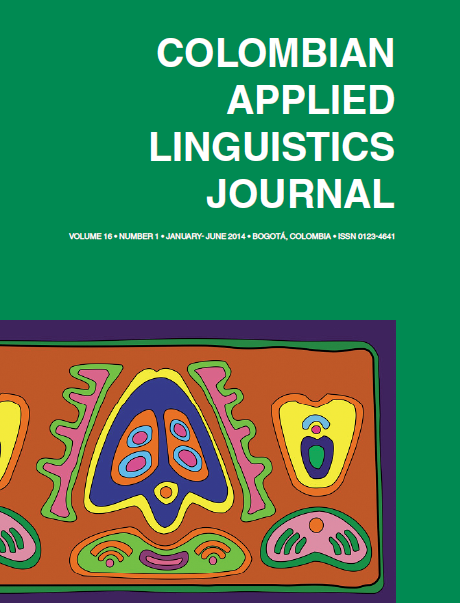







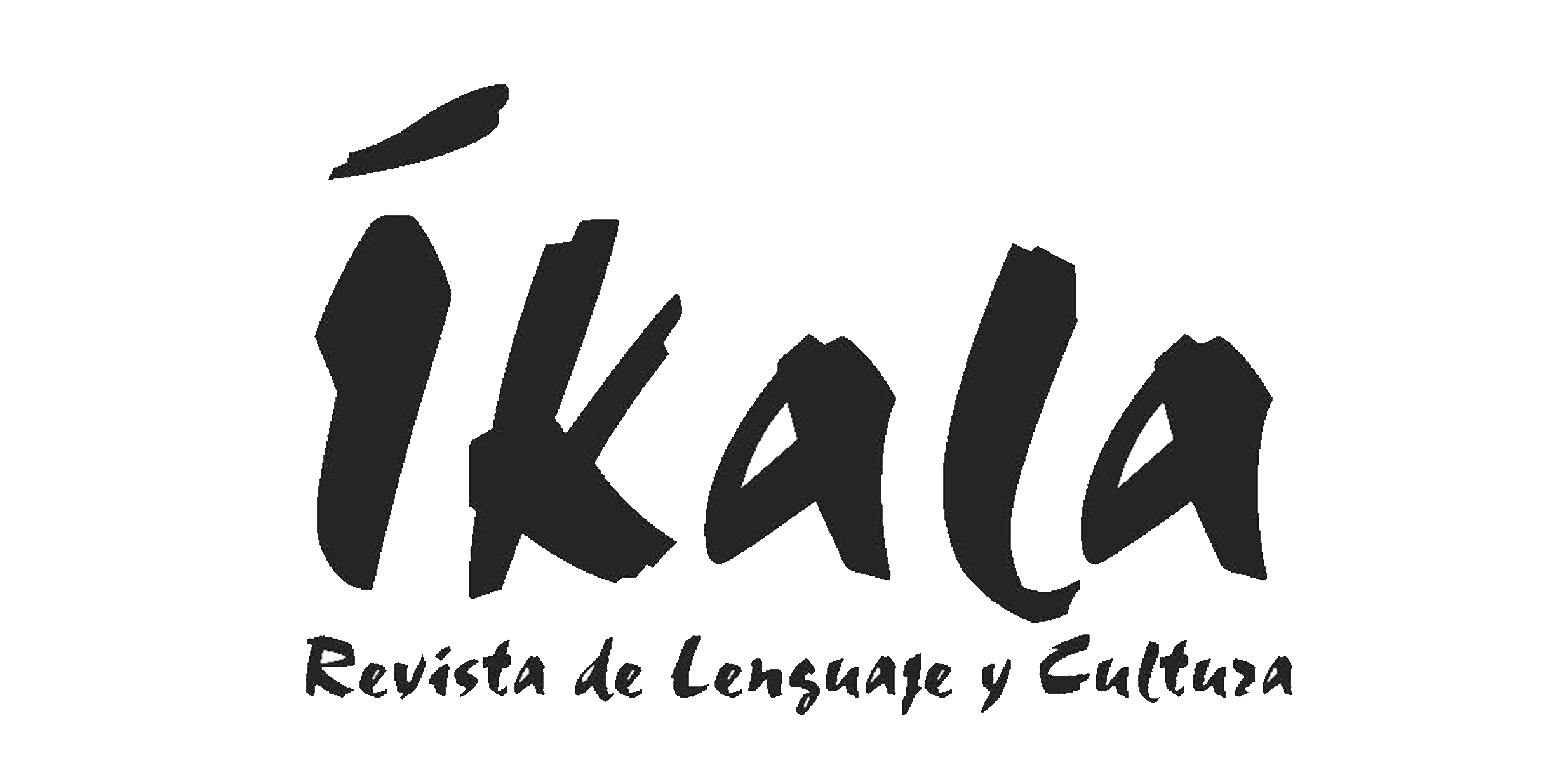


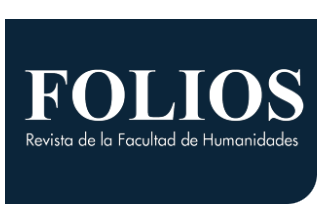


.JPG)




